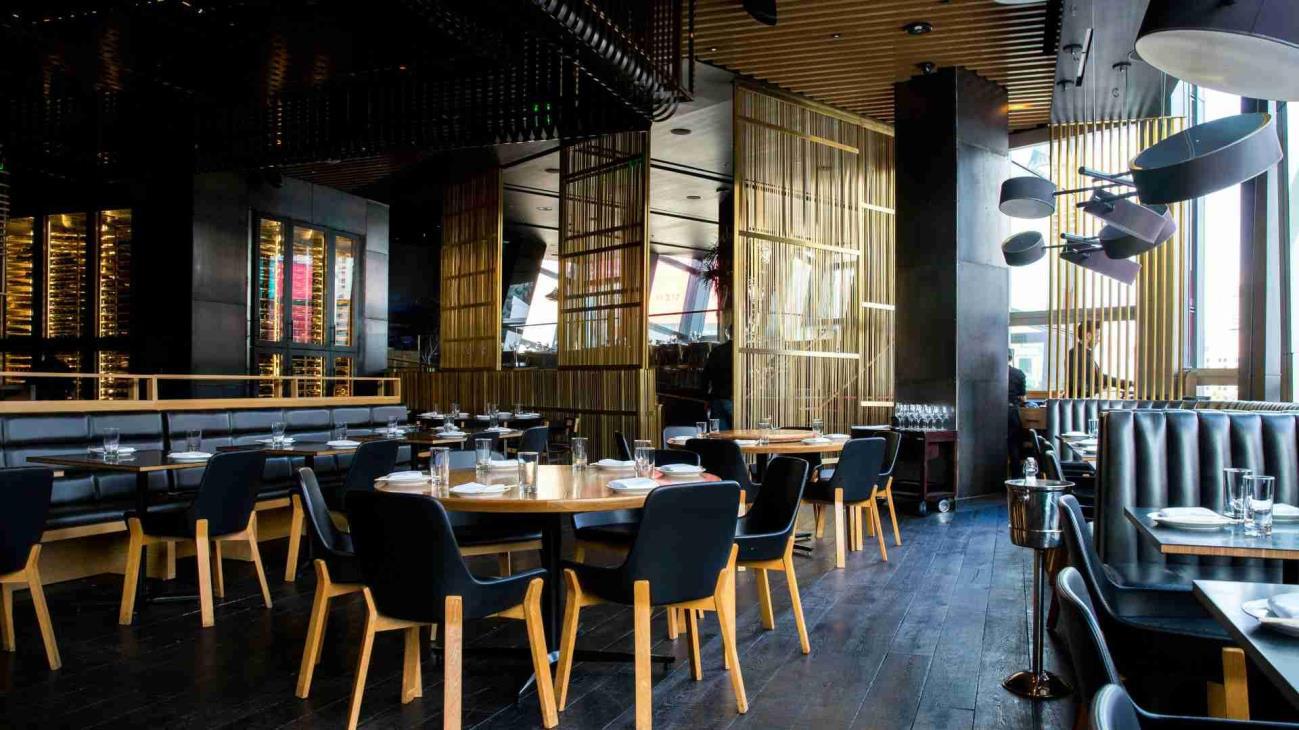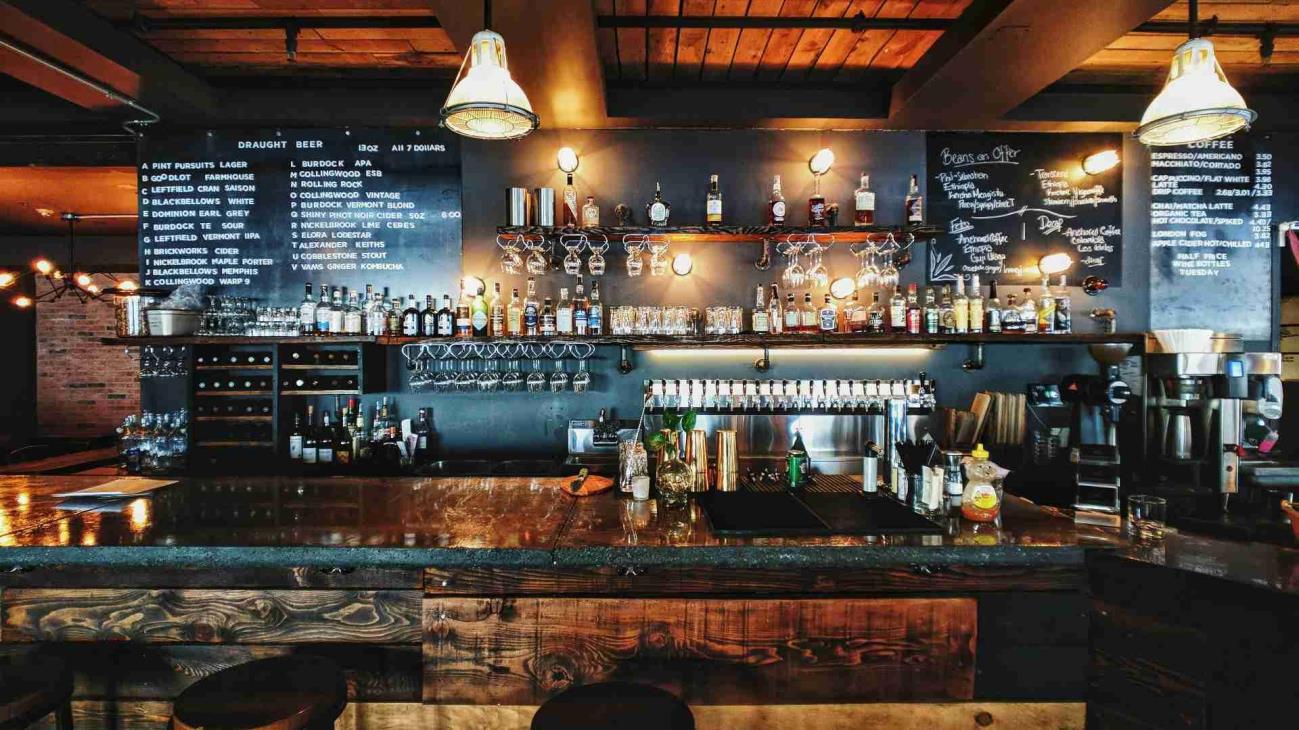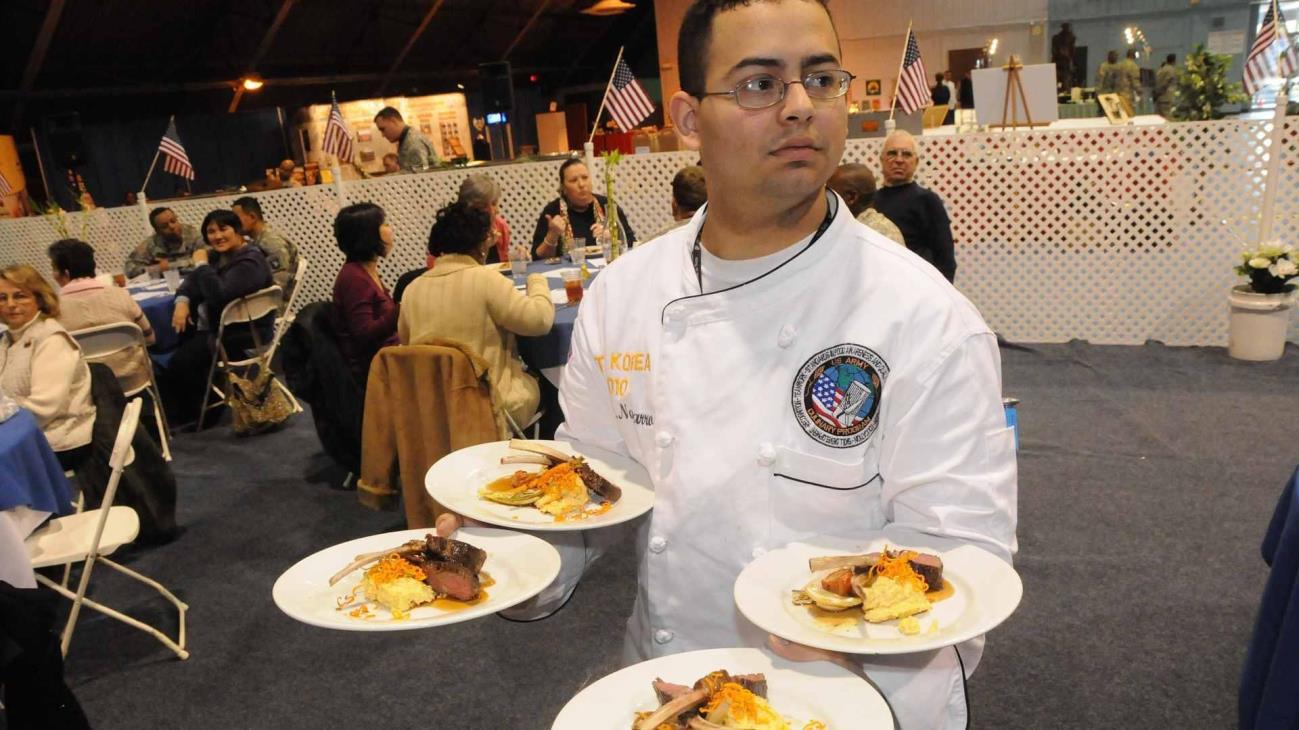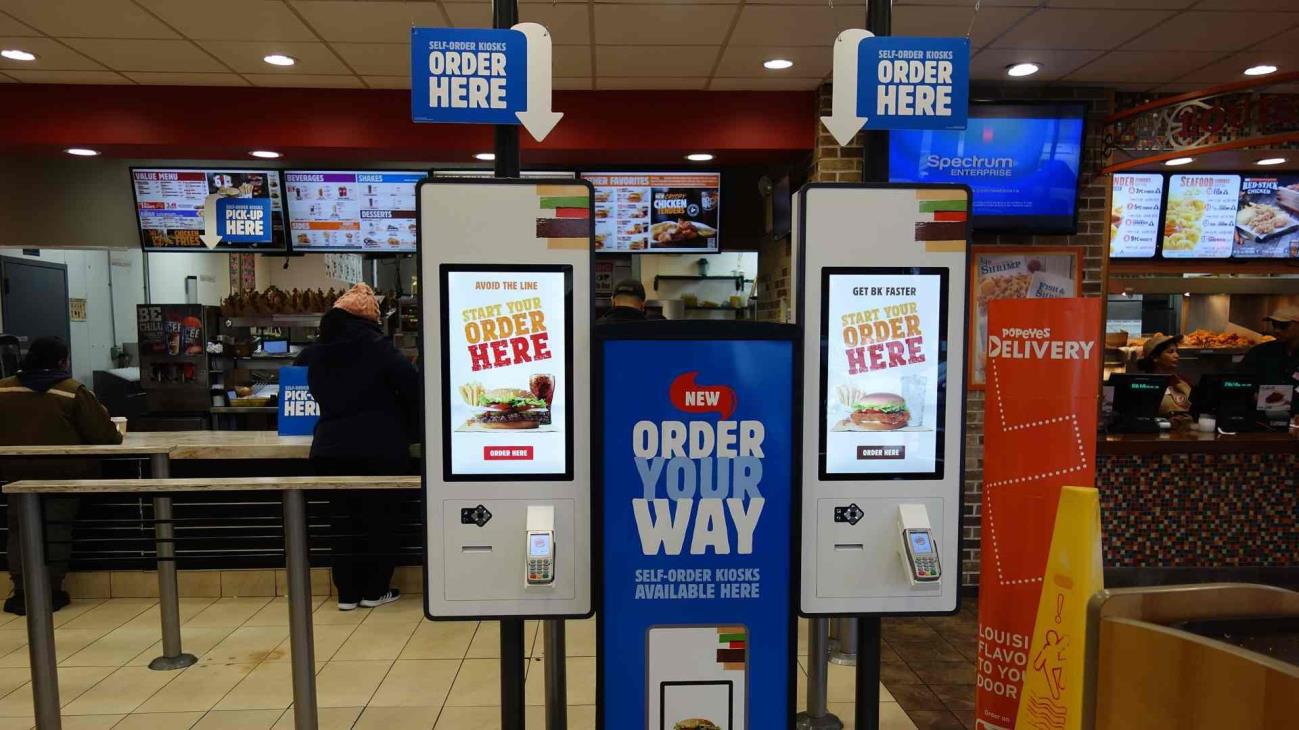Americans are waking up to the reality that the dining experience they once took for granted is changing before their eyes. What was once a relatively inexpensive, casual outing has become complicated by inflated food prices, worker shortages, and closings of people’s favorite eateries.
As restaurants grapple with a wave of negative marketplace pressures, what emerges on the other side of their struggle may be unrecognizable to current American consumers.
Pandemic Problems

Much of the current strife in the restaurant industry can be traced back to the COVID-19 pandemic and the subsequent lockdowns. While restaurants were forced to close their dining areas and focus on providing takeout meals for customers instead, it caused a permanent scar in the industry, and recovery has been slow.
Servers and staff were placed on furlough and when the country opened back up many were unwilling to return.
Staffing Shortages

The National Restaurant Association reported in 2023 that 87% of restaurants say they are conducting operations with insufficient staffing levels. At the start of 2023, there were 400,000 fewer people employed in hospitality industries compared to the same time in 2020.
Staffing shortages at restaurants see customers waiting longer to get seated and slower cooking times in the kitchen. As fewer workers have to do more work, mistakes with orders and bad customer service can become commonplace at struggling restaurants.
Why Aren’t Workers Coming Back?

There are a few factors keeping restaurant workers away from jobs. The shift to remote work after the pandemic has created job opportunities that didn’t exist before. Instead of having to spend time and money commuting to work, some are choosing to take jobs that can be performed from the comfort of home.
Kory Kantenga, an economist at LinkedIn said “What the pandemic demonstrated is that we can all work from home. It was a proof of concept.” (via US News) While remote work has declined from the height it achieved during the pandemic, it is still three to four times more common than in 2019.
Tips Aren’t Cutting It

Another reason restaurant workers are seeking other employment areas is the change in tipping attitudes among Americans, which many restaurant workers used to desperately rely on.
During the pandemic, companies increased the number of tips they would ask their customers for to make up for decreased income, leading to many American consumers experiencing “tipping fatigue.”
Tipflation

This phenomenon, referred to as “tipflation” by some, has caused a changed tipping landscape, according to Pew Research.
In a 2023 survey, the Pew Research Center found that the American public is more likely to oppose suggested tipping amounts with a majority of Americans saying they tip 15% or less at a sit-down restaurant. Restaurant waiting staff are increasingly unlikely to be rewarded with a big tip for excellent service.
Customers Discouraged by Service Fees

As restaurants experiment with service fees and other ways to get customers to pay more for their meals, this increasingly turns them off. These customers feel like they are being nickeled and dimed for their meals, which doesn’t help when the price of food has been rising rapidly in recent years.
A 2018 study by Cornell University found that when restaurants tried to replace tipping with a service fee, customers reacted negatively to the change, giving the restaurant lower ratings.
Inflation in the Economy

After the pandemic, the US economy saw inflation rates start to skyrocket in a short period of time. According to Statista, the inflation rate skyrocketed to 8.3 percent in 2022, which was a significant increase from previous years. Previously the inflation rate hovered around 3%.
Inflation causes the average person’s dollar to lose its purchasing power, leading people to be unable to afford as much as they could before. This causes people to skip out on their usual restaurant dining trips.
Restaurants Have High Turnover

According to Toast, an online ordering company, the restaurant industry has a staggering annual turnover rate of 74%, making it the highest turnover rate in any industry in America. This means that even if restaurants find a way to attract workers to employment through some incentives, holding on to them will still be difficult.
Restaurants often have high turnover because they rely on seasonal and student workers. These restaurant jobs are often seen as a temporary stepping stone to better employment.
American Restaurants Don’t Know What to Do

As the restaurant landscape continues to change, restaurants are floundering in their attempts to provide an experience that satisfies customers. When a restaurant tries to change something like menu items to get customers back, it can throw off the experience for existing customers.
American restaurant customers value consistency at a time when restaurants are being forced to make changes or perish. They are caught in a catch-22. This conflict leads to a contradictory situation where a restaurant is constantly balancing stacks of different plates, with the plates never being allowed to come to rest.
Restaurant Closures

Many restaurants suffered huge financial losses from the COVID-19 pandemic, and the ones who managed to survive are still left hobbled by debt.
In 2020, the National Restaurant Association (NRA) declared that the restaurant industry was in free fall, citing the fact that nearly 17% of all restaurants were closing permanently or for the long term.
What Will Restaurants Look Like in the Future?

Restaurants are grappling with what to do about workers and tipping, looking at new technologies for the answer. It’s possible that in the near future, the “service at your table” approach to dining may fall by the wayside. In its place may be automatic ordering and counter-service, where customers are expected to get their food themselves.
As the technology for automation and robotics improve, restaurants may become fully autonomous and wholly unrecognizable from how they once were.
